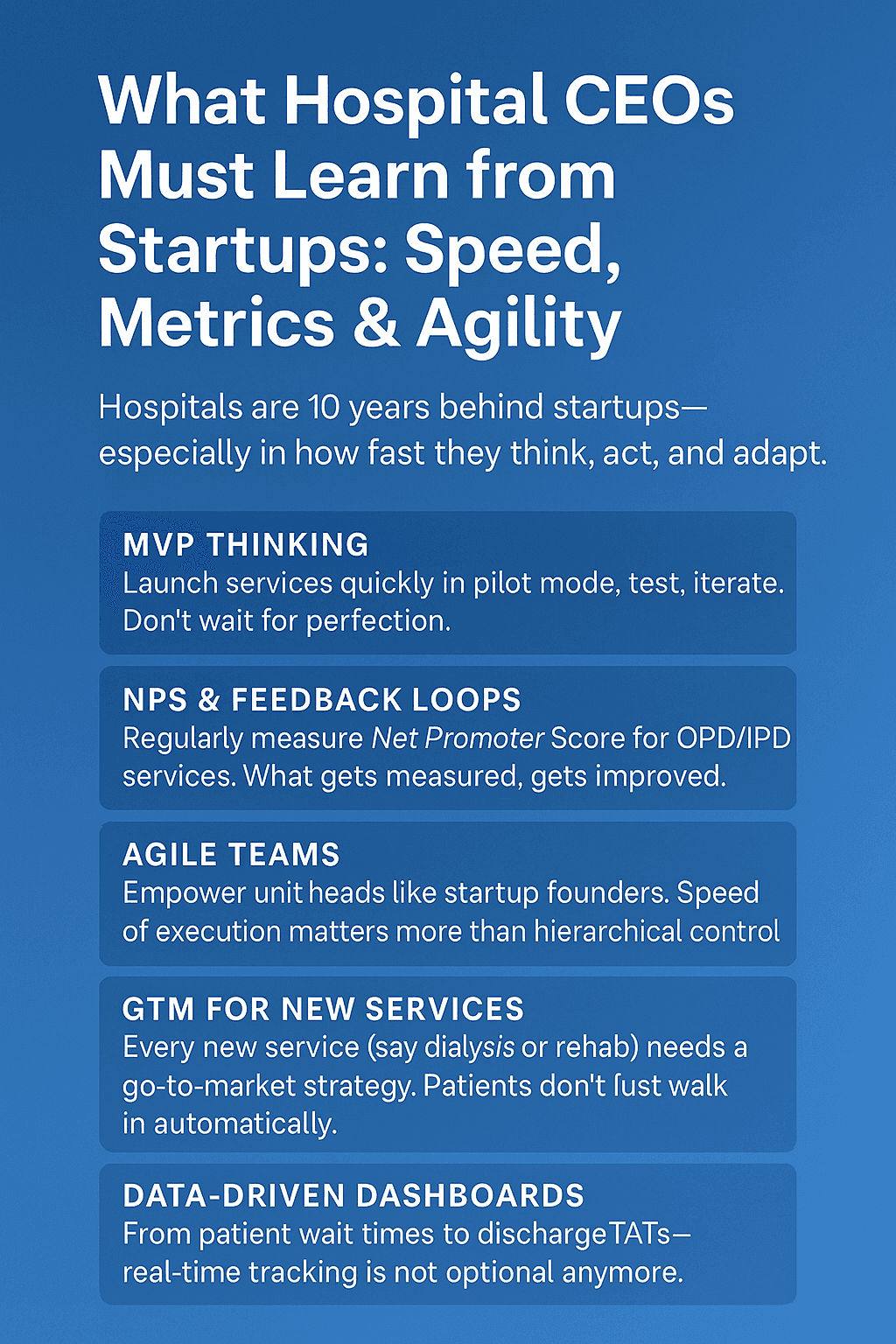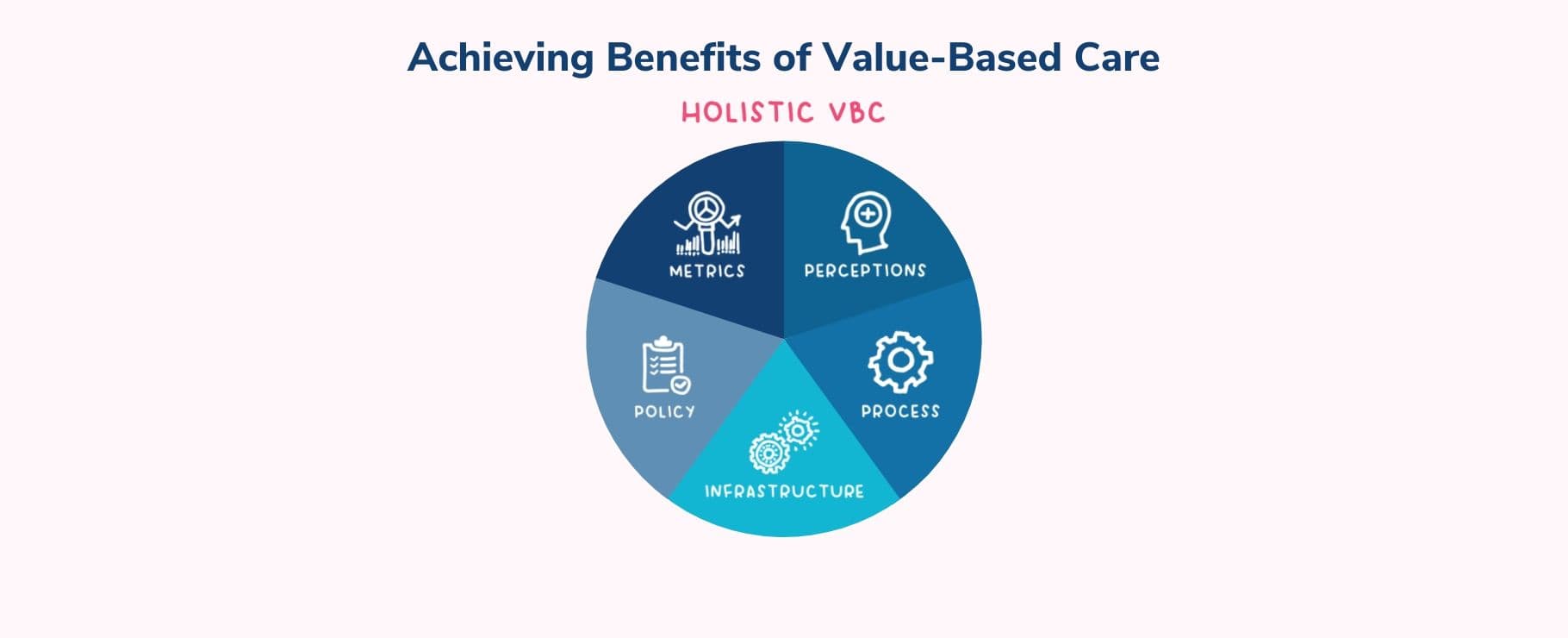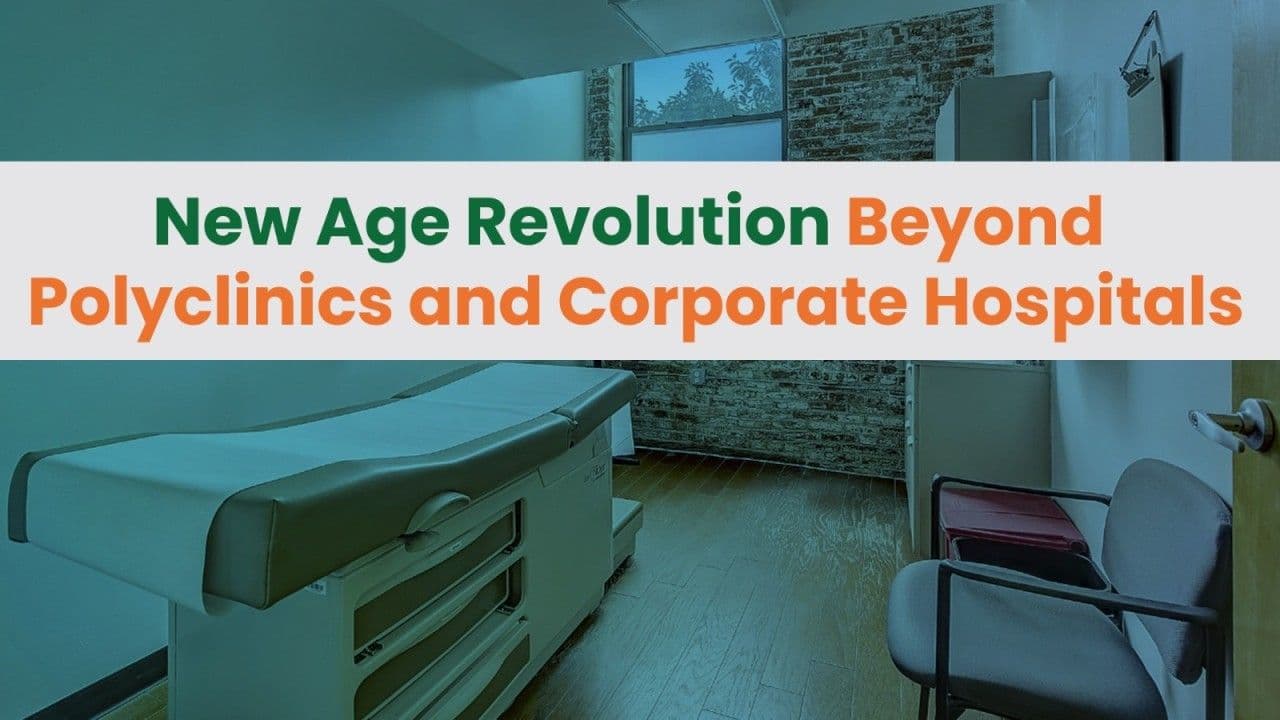𝗪𝗵𝗮𝘁 𝗛𝗼𝘀𝗽𝗶𝘁𝗮𝗹 𝗖𝗘𝗢𝘀 𝗠𝘂𝘀𝘁 𝗟𝗲𝗮𝗿𝗻 𝗳𝗿𝗼𝗺 𝗦𝘁𝗮𝗿𝘁𝘂𝗽𝘀: 𝗦𝗽𝗲𝗲𝗱, 𝗠𝗲𝘁𝗿𝗶𝗰𝘀 & 𝗔𝗴𝗶𝗹𝗶𝘁𝘆

Most hospital boards still measure success in terms of occupancy, OPD footfall, or monthly revenue.
But in 2025, that’s not enough.
Having worked both in hospitals and healthcare startups, I’ve realized something:
𝙃𝙤𝙨𝙥𝙞𝙩𝙖𝙡𝙨 𝙖𝙧𝙚 10 𝙮𝙚𝙖𝙧𝙨 𝙗𝙚𝙝𝙞𝙣𝙙 𝙨𝙩𝙖𝙧𝙩𝙪𝙥𝙨—𝙚𝙨𝙥𝙚𝙘𝙞𝙖𝙡𝙡𝙮 𝙞𝙣 𝙝𝙤𝙬 𝙛𝙖𝙨𝙩 𝙩𝙝𝙚𝙮 𝙩𝙝𝙞𝙣𝙠, 𝙖𝙘𝙩, 𝙖𝙣𝙙 𝙖𝙙𝙖𝙥𝙩.
Let’s be honest.
While startups launch a new feature in 2 weeks and get customer feedback the next day…
…most hospitals take months to roll out a new service—and never track how patients experience it.
Here’s what I believe 𝗵̲𝗼̲𝘀̲𝗽̲𝗶̲𝘁̲𝗮̲𝗹̲ ̲𝗖̲𝗘̲𝗢̲𝘀̲ ̲𝗮̲𝗻̲𝗱̲ ̲𝗖̲𝗢̲𝗢̲𝘀̲ ̲𝗺̲𝘂̲𝘀̲𝘁̲ ̲𝗮̲𝗱̲𝗼̲𝗽̲𝘁̲ ̲𝗳̲𝗿̲𝗼̲𝗺̲ ̲𝘀̲𝘁̲𝗮̲𝗿̲𝘁̲𝘂̲𝗽̲𝘀̲:̲
𝗠𝗩𝗣 𝗧𝗵𝗶𝗻𝗸𝗶𝗻𝗴 – Launch services quickly in pilot mode, test, iterate. Don’t wait for perfection.
𝗡𝗣𝗦 & 𝗙𝗲𝗲𝗱𝗯𝗮𝗰𝗸 𝗟𝗼𝗼𝗽𝘀 – Regularly measure Net Promoter Score for OPD/IPD services. What gets measured, gets improved.
𝗔𝗴𝗶𝗹𝗲 𝗧𝗲𝗮𝗺𝘀 – Empower unit heads like startup founders. Speed of execution matters more than hierarchical control.
𝗚𝗧𝗠 𝗳𝗼𝗿 𝗡𝗲𝘄 𝗦𝗲𝗿𝘃𝗶𝗰𝗲𝘀 – Every new service (say dialysis or rehab) needs a go-to-market strategy. Patients don’t just walk in automatically.
𝗗𝗮𝘁𝗮-𝗗𝗿𝗶𝘃𝗲𝗻 𝗗𝗮𝘀𝗵𝗯𝗼𝗮𝗿𝗱𝘀 – From patient wait times to discharge TATs—real-time tracking is not optional anymore.
I’ve used these principles in real-life hospital turnarounds—and the results speak for themselves.
It’s time we 𝘀𝘁𝗼𝗽 𝘀𝗮𝘆𝗶𝗻𝗴 “𝗵𝗲𝗮𝗹𝘁𝗵𝗰𝗮𝗿𝗲 𝗶𝘀 𝗱𝗶𝗳𝗳𝗲𝗿𝗲𝗻𝘁.”
Let’s make it faster, smarter, and more patient-centric—just like the best startups do.
Related Articles

Generic Medicines & the Rise of Jan Aushadhi Kendras in India: Promise, Pitfalls, and the Path Forward
In a country where millions fall into poverty due to healthcare costs, Jan Aushadhi Kendras have emerged as a lifeline — offering quality-assured generic medicines at 50–80% lower prices. Over 14,000 such stores now serve India’s most vulnerable. Yet, as journalist Durgesh Nandan Jha recently reported, the shift toward generics has sparked a nationwide debate: Is affordability enough without guaranteed quality? While many healthcare leaders hail the model as a landmark in access and equity, others warn of regulatory gaps, poor pharmacovigilance, and silent therapeutic failures. As one doctor put it, “A ₹1 paracetamol that doesn’t work is not affordable — it’s potentially fatal.” This article explores the ground reality behind the generics movement — blending data, diverse expert opinions, and a call to action: India must now evolve from “cheap drugs” to “trusted generics.”

🏥 Hospital Boards Are Getting It Wrong If Your KPI is OPD Footfall, You’re Missing the Bigger Picture
Most hospital boards in Tier-2 India still track outdated metrics—OPD footfall, bed occupancy, and monthly billing—as signs of success. But in 2025, that’s no longer enough. Today, clinical outcomes, patient satisfaction, and operational efficiency matter more. Recent SME IPOs of small hospitals like Broach Lifecare and Shanmuga Hospital show that investors are backing value, not volume. Hospitals that shift from counting patients to improving care quality will lead the future of healthcare. Boards must evolve from revenue watchers to outcome enablers. Because in healthcare, impact matters more than intake.

दिखावे के ज़माने में टूटते लोग: सोशल मीडिया, AI और हमारी अधूरी ज़िंदगी
सोशल मीडिया के इस तेज़ और चमकदार युग में, जहाँ हर मुस्कान में फिल्टर और हर रिश्ते में confusion है, वहाँ असली खुशी और सुकून दूर होता जा रहा है। हम सब दिखते बहुत 'happy' हैं, लेकिन अंदर से थके हुए, उलझे हुए और कभी-कभी टूटे हुए भी। AI से बात करना आसान हो गया है, पर अपने दिल की बात किसी अपने से कहना अब भी सबसे मुश्किल काम लगता है। ये लेख उसी नकली हँसी के पीछे छिपे दर्द, रिश्तों की उलझनों और mental health की सच्चाई को उजागर करता है – एक तंज, एक सच और एक कोशिश, कि शायद कोई पढ़कर रुक जाए... और खुद से या किसी से बात कर ले।

Syllabus ke bahar ka sawaal !
Busy in month-end closing? I bet you're deep in numbers: revenue, COGS, ROAS, margins, CAC, and all those financial metrics that keep the business world running. But let me ask you this: what about the numbers that truly matter? The numbers that can mean the difference between life and death?

Co-Working Spaces for Doctors: The New Age Revolution Beyond Polyclinics and Corporate Hospitals
India’s healthcare system is witnessing rapid transformation, and doctors, particularly those aiming to establish independent practices, face unprecedented challenges. The traditional polyclinic model, once seen as a practical solution for medical professionals looking to share resources and offer multi-specialty services under one roof, is now showing its limitations in a tech-driven world. Meanwhile, corporate hospitals and pharmacy-attached clinics are also proving restrictive for doctors, especially for those seeking autonomy, flexibility, and modern tools for patient care. Enter the era of co-working spaces for doctors, a dynamic business model that offers not only shared real estate but also a comprehensive tech-enabled ecosystem for doctors to thrive. From handling licensing and compliance to offering digital infrastructure for online appointments, telemedicine, CRM systems, and marketing solutions, these co-working spaces represent the next evolution in medical practice. In this article, we’ll explore the urgent need for such spaces in India, provide a detailed comparison between the old polyclinic model and new-age co-working spaces, and explain why this concept is better suited for doctors today—especially for specialists moving to suburban and smaller district towns.